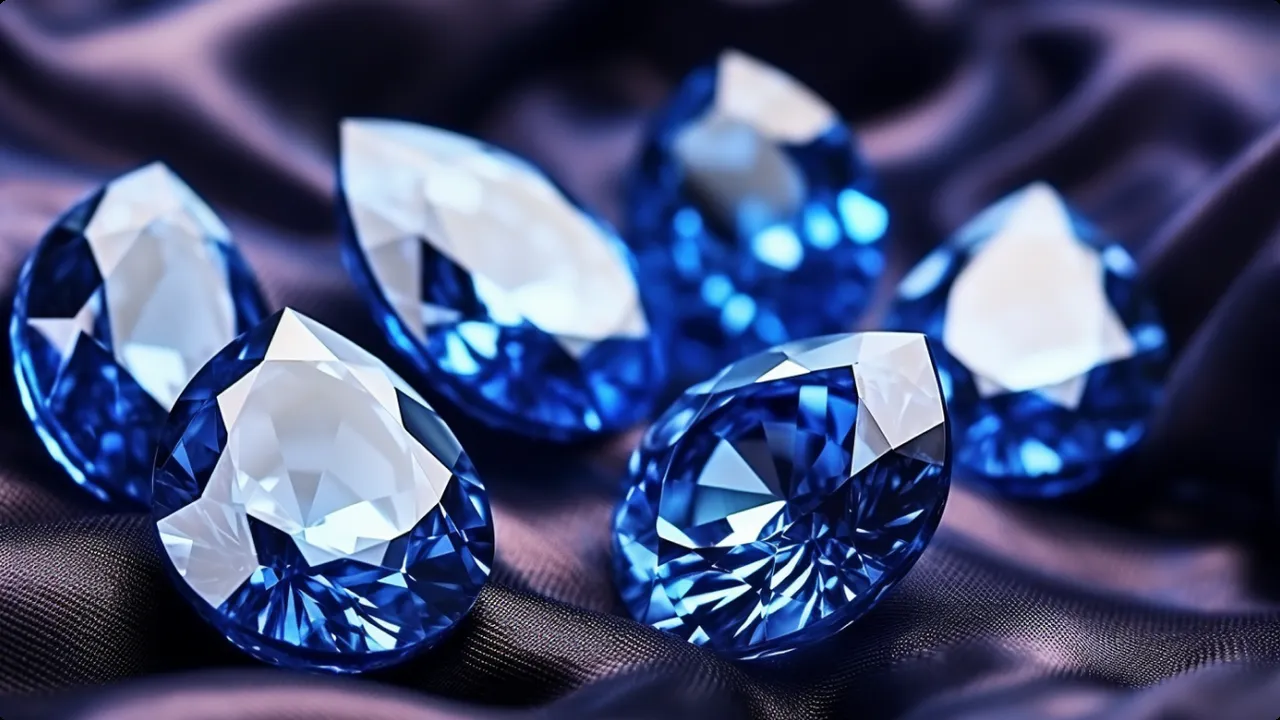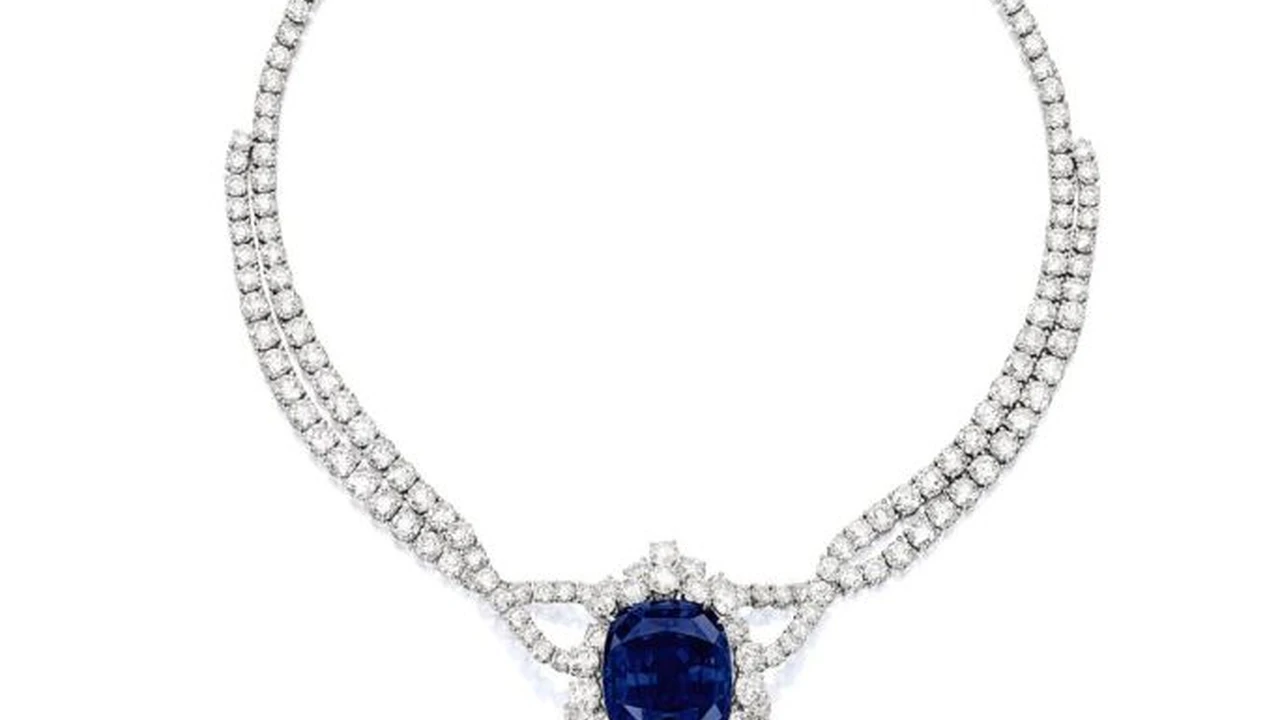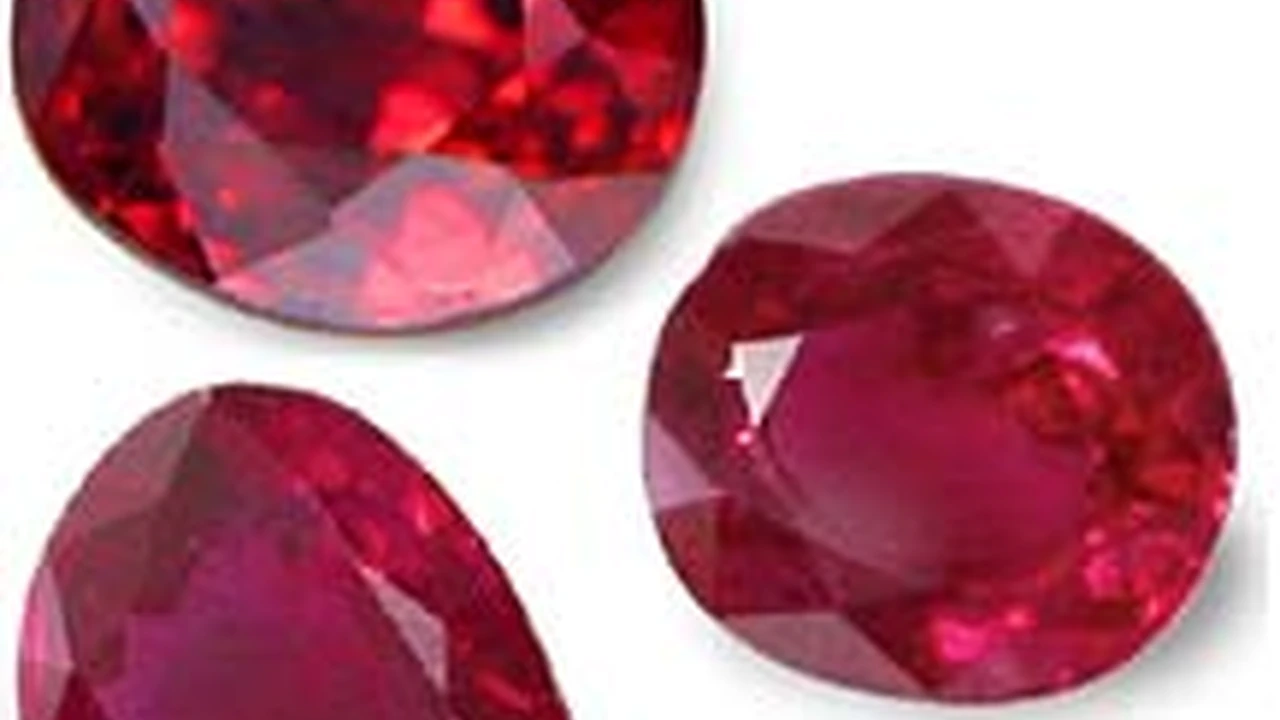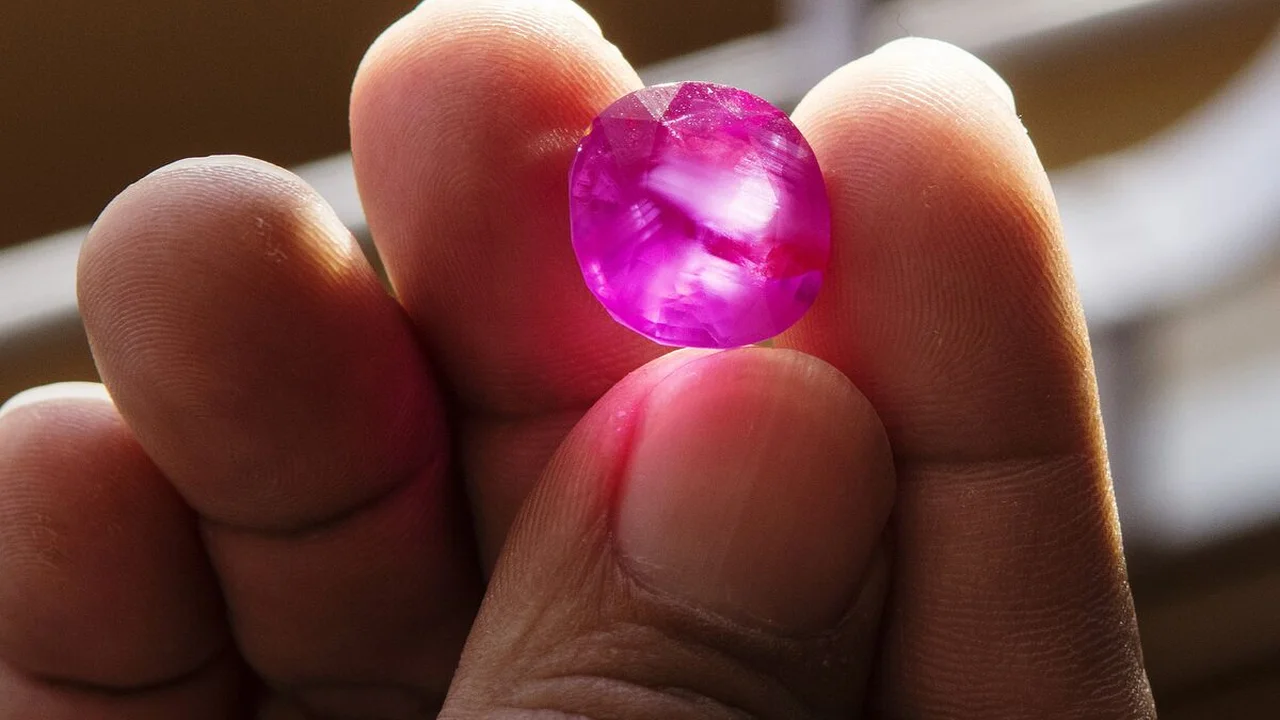Sapphire vs Diamond Which Gemstone Offers Better Investment Potential
Sapphire vs Diamond: A comprehensive comparison of investment potential, considering market trends in the US and Southeast Asia. Which gemstone is right for you?

Sapphire Investment Potential A Deep Dive
Okay, so you're thinking about investing in something sparkly, something that holds its value, maybe even appreciates over time. Sapphires and diamonds are often the first contenders that come to mind. But which one offers better investment potential, especially considering the nuances of the US and Southeast Asian markets? Let's break it down, no jargon, just straight talk.
First things first, both sapphires and diamonds have a history of holding value. Diamonds, thanks to clever marketing and controlled supply, have become synonymous with luxury and lasting value. Sapphires, on the other hand, offer a wider range of colors, origins, and price points, making them a potentially more accessible and diverse investment. But accessibility doesn't always equal better returns, so let's dig deeper.
Diamond Market Trends in the US and Southeast Asia
Diamonds have a strong foothold in the US market, driven by tradition and branding. Engagement rings, anniversary gifts – diamonds reign supreme. The Southeast Asian market, while showing increasing interest in diamonds, is also heavily influenced by cultural preferences and affordability. Smaller, more affordable diamonds are popular, but the demand for larger, investment-grade diamonds is growing among the affluent.
The key factors influencing diamond prices include:
- The 4Cs (Carat, Cut, Clarity, Color): These are the standard benchmarks for diamond quality.
- Market Demand: Global and regional demand fluctuations impact prices.
- Supply: De Beers and other major players control a significant portion of the diamond supply, influencing prices.
- Ethical Sourcing: Consumers are increasingly concerned about ethically sourced diamonds, impacting demand and price.
Sapphire Market Trends in the US and Southeast Asia
Sapphires, particularly blue sapphires, hold a special allure. They represent royalty, wisdom, and good fortune in many cultures. In the US, sapphires are gaining popularity as engagement ring alternatives and statement pieces. In Southeast Asia, sapphires are highly valued for their perceived metaphysical properties and are often incorporated into jewelry and talismans.
Key factors influencing sapphire prices:
- Color: The most valuable sapphires possess a vivid, intense blue hue (think Ceylon or Kashmir sapphires).
- Clarity: Sapphires with minimal inclusions are more desirable.
- Carat Weight: Larger sapphires are rarer and command higher prices.
- Origin: Sapphires from certain regions, like Kashmir and Burma (Myanmar), are highly prized due to their exceptional quality and historical significance.
- Treatment: Untreated sapphires are significantly more valuable than treated stones.
Sapphire vs Diamond Investment A Head to Head Comparison
So, which is the better investment? Here's a simplified comparison:
- Volatility: Diamond prices are generally more stable due to controlled supply. Sapphire prices can be more volatile, influenced by factors like origin and treatment disclosure.
- Liquidity: Diamonds are generally easier to sell due to their widespread popularity and established trading markets. Selling sapphires, particularly those from specific origins or with unique characteristics, may require more specialized channels.
- Appreciation Potential: While diamonds offer steady growth, rare and exceptional sapphires can experience significant appreciation in value, especially in the Southeast Asian market where demand for high-quality, untreated stones is strong.
- Entry Point: Sapphires offer a wider range of price points, making them more accessible for beginner investors.
Recommended Sapphire Products and Usage Scenarios
Okay, let's get specific. Here are a few sapphire products that are currently trending and offer potential investment opportunities:
- Ceylon Blue Sapphire Ring (Untreated): A classic and highly sought-after investment. Look for a vibrant blue color, excellent clarity, and a reputable certification.
- Usage Scenario: Hold as a long-term investment, or wear on special occasions.
- Price Range: $5,000 - $50,000+ depending on size and quality.
- Kashmir Sapphire Pendant (Vintage): Kashmir sapphires are incredibly rare and valuable. A vintage pendant offers a unique piece of history and potential for significant appreciation.
- Usage Scenario: Museum-quality piece, primarily for long-term investment and display.
- Price Range: $20,000 - $100,000+ (extremely rare).
- Padparadscha Sapphire Earrings: These pinkish-orange sapphires are incredibly rare and highly desirable. A pair of well-matched earrings makes a stunning statement and a solid investment.
- Usage Scenario: Wear for formal events, hold as a collectible.
- Price Range: $10,000 - $75,000+ depending on size and color saturation.
- Montana Sapphire Studs (Untreated): Montana sapphires are gaining popularity for their ethical sourcing and beautiful colors. A pair of untreated studs offers an accessible entry point into sapphire investment.
- Usage Scenario: Everyday wear, introduction to sapphire investment.
- Price Range: $1,000 - $5,000+ depending on size and color.
- Star Sapphire Cabochon (Large Carat Weight): Star sapphires with a distinct star effect and large carat weight are prized by collectors. A well-defined star and rich color are key factors.
- Usage Scenario: Collectible piece, potentially set into a custom piece of jewelry.
- Price Range: $3,000 - $20,000+ depending on star definition, color, and size.
Sapphire vs Diamond Product Comparison and Price Factors
Let's compare a few specific examples:
| Gemstone | Description | Price Range (USD) | Key Price Factors |
|---|---|---|---|
| 1 Carat Round Brilliant Cut Diamond (G Color, VS1 Clarity) | Classic diamond engagement ring. | $4,000 - $6,000 | 4Cs, brand reputation. |
| 1 Carat Ceylon Blue Sapphire (Untreated, Vivid Blue) | High-quality Ceylon sapphire ring. | $3,000 - $8,000 | Color intensity, clarity, origin, treatment. |
| 3 Carat Round Brilliant Cut Diamond (G Color, VS1 Clarity) | Larger diamond engagement ring or investment piece. | $25,000 - $40,000 | 4Cs, market demand. |
| 3 Carat Kashmir Sapphire (Untreated, Intense Blue) | Extremely rare and valuable sapphire. | $50,000 - $200,000+ | Origin, color, clarity, historical significance. |
As you can see, the price ranges can vary significantly based on quality, origin, and rarity. Diamonds offer a more predictable pricing structure based on the 4Cs, while sapphires require a deeper understanding of origin, treatment, and market demand.
Navigating the Sapphire and Diamond Markets: Key Considerations
Before diving in, here are a few key considerations:
- Education: Learn about gemstone grading, treatments, and market trends.
- Certification: Always purchase gemstones with reputable certifications (GIA, AGTA, etc.).
- Reputable Dealers: Work with trusted and experienced gemstone dealers.
- Budget: Determine your budget and stick to it.
- Long-Term Perspective: Gemstone investment is generally a long-term strategy.
- Market Awareness: Stay informed about market trends in both the US and Southeast Asia.
Ultimately, the choice between sapphires and diamonds depends on your individual investment goals, risk tolerance, and knowledge of the gemstone market. Diamonds offer stability and liquidity, while sapphires offer the potential for higher returns and a more diverse investment portfolio. Do your research, consult with experts, and choose wisely!
:max_bytes(150000):strip_icc()/277019-baked-pork-chops-with-cream-of-mushroom-soup-DDMFS-beauty-4x3-BG-7505-5762b731cf30447d9cbbbbbf387beafa.jpg)






